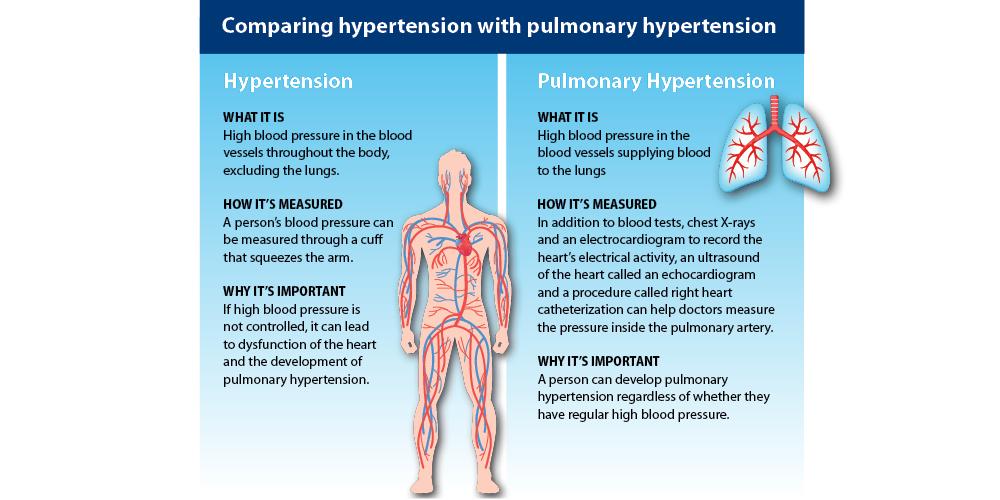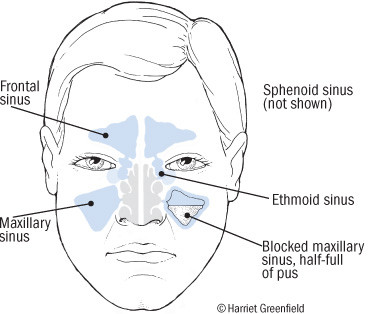Neck pain, also known as cervicalgia, is a common issue, with a significant portion of the population experiencing it at some point. Although neck pain is primarily felt in the neck area, it can originate from various spinal problems. Factors such as muscular tightness in the neck and upper back, or nerve pinching, are common contributors to this discomfort.
In cases of cervical artery dissection, the neck pain is usually persistent and unusual, often coupled with a severe headache. This type of pain, especially from a carotid artery tear, tends to spread along the side of the neck and up towards the outer corner of the eye. A vertebral artery tear, on the other hand, may feel like a sharp object is lodged in the base of the skull.
To soothe neck pain, initial steps include rest, applying ice and heat, followed by gentle stretching and strengthening exercises. It’s crucial to also address posture and other habits that could lead to recurrent neck pain. The causes of routine strain-and-sprain neck pain are diverse.
Persistent neck pain can have different sources. Most acute pain is attributed to tissue injury, known as nociceptive pain. Chronic pain, referred to as neuropathic pain, might originate from an irritated or damaged nerve, with the pain signals eventually arising from the brain.
Surprisingly, structural neck problems like arthritis or degenerated discs are not always the culprits behind neck pain. Often, the pain results from strains in the neck muscles, which can be triggered by subtle aspects of daily routines.
Neck pain can also be a symptom of broader issues like stress or anxiety, manifesting as muscle tension as part of the body’s natural fight or flight response. This kind of pain can be accompanied by other symptoms like fatigue, indigestion, or mood changes.
Office workers often experience neck pain due to prolonged sitting, poor posture, and repetitive movements. Addressing these root causes through regular exercises, proper ergonomics, taking breaks, and stress management is vital.

Effective treatments today can alleviate neck pain, even without a clear diagnosis, and can aid in preventing its recurrence. Understanding and implementing the right strategies is key to managing and relieving neck pain effectively.
For more detailed information on neck pain, visit Wikipedia, Harvard Health, Harvard Health, Harvard Health, Harvard Health, McGovern Medical School, Go Ask Alice!, and Harvard Health.


